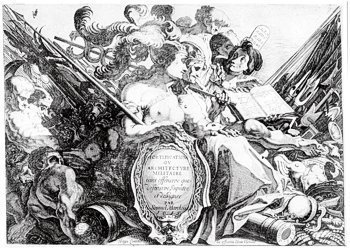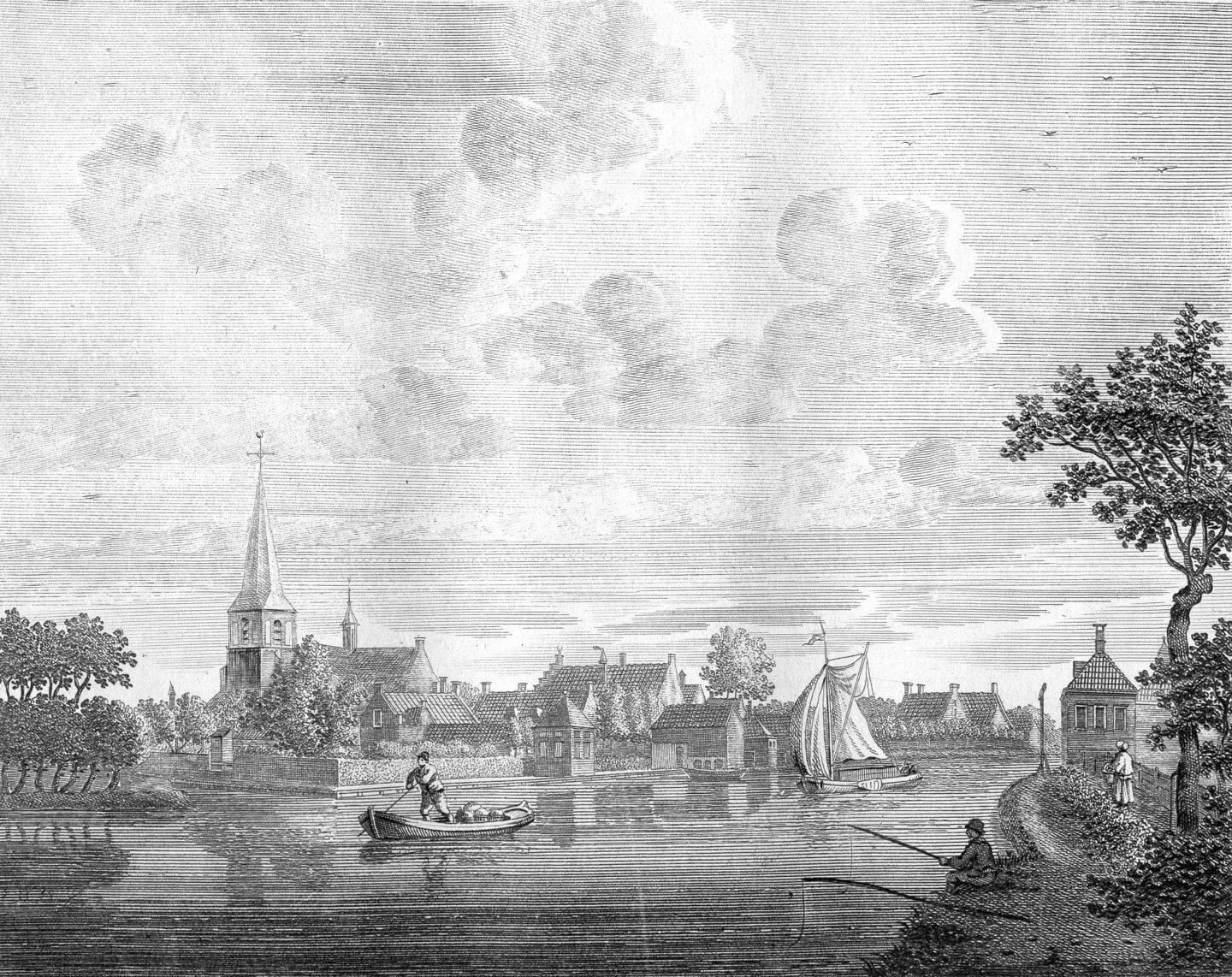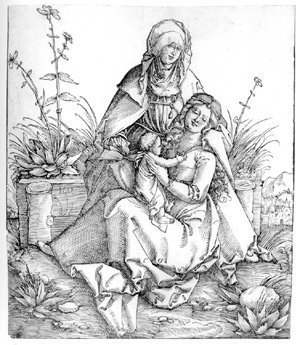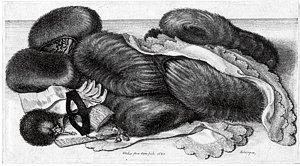
Friedrich Hollstein realised from the very outset that it would be necessary to round off the series with an index, and he announced that there would be one. We too, who have been editing and publishing the series for quite some time now, have often been told how useful it would be to have an index to Hollstein. With completion of the series looming we began discussing the possible ways of supplying a tool that would provide access to the vast corpus of prints catalogued by a variety of compilers over the past 60 years. We gained experience in this respect with the indexes included in the volumes in the New Hollstein series over the last two decades. In those volumes, all the roles in the production of prints were carefully identified by researchers working for the project, subjects were described according to a fixed system, and other details like techniques and biblical and other literary references were categorised. Unfortunately, that was not done in the earlier series.
We decided to limit the index to a list of some 10,000 proper names - " those of engravers, etchers and woodcutters, printers, painters, draughtsmen, publishers, poets, authors, dedicatees, sitters and others who were instrumental in the production of the prints and book illustrations catalogued in the 71 volumes of Hollstein. But much more information has been collected, mainly on the subjects of the prints, and that will be presented separately in a digital format by Sound and Vision Publishers, enabling users to search the catalogued prints in a variety of ways.
The index published here must be consulted with great care. We have not attempted to correct or supplement the information contained in the volumes, since that would have been impossible in practice. The index contains the data as they are given in the published volumes. What we have done is try to ensure that names refer to the correct historical person.
What remains is a feeling of gratitude to pioneers like Adam von Bartsch, Max Lehrs, Arthur M. Hind, Friedrich Hollstein and many others, cataloguers pur sang, who have shown that in order to research prints and interpret them it is essential to inventory what has come down to us. The ways of doing so have evolved since Bartsch's day, thanks to the invention of photography and, later, the introduction of the computer. In that context, Hollstein's initiative and what has become of it will prove to have been an essential contribution to the study of the history of printmaking. This index is further testimony to the importance of Hollstein.
Compiled by Miekie Donner
Edited by Ger Luijten en Huigen Leeflang



